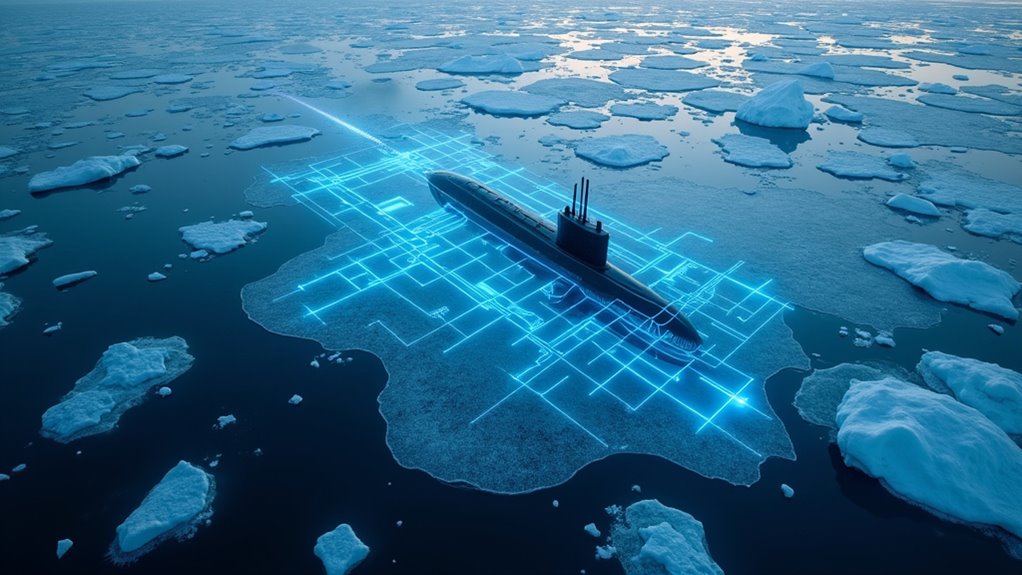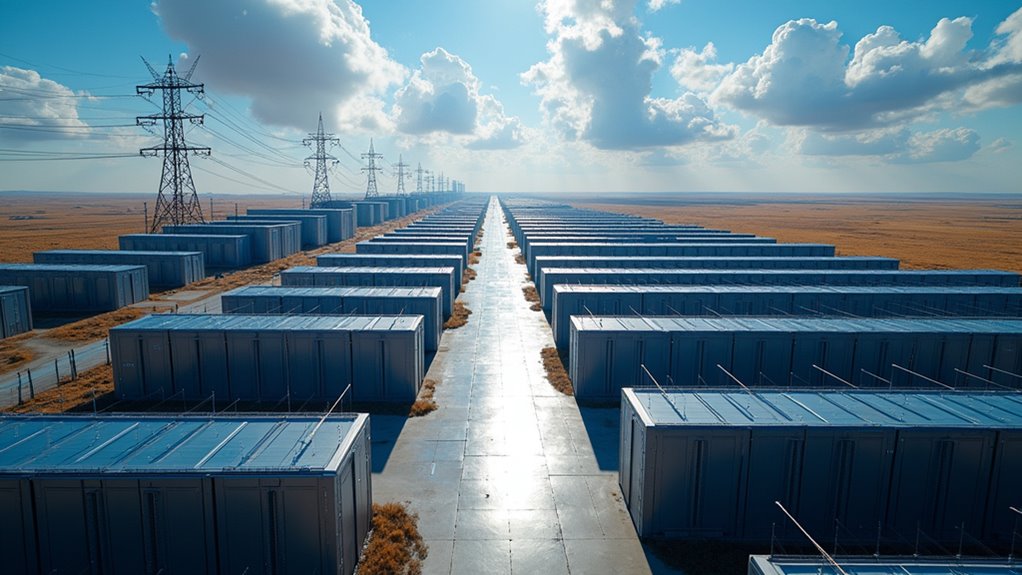The UK is deploying AI to counter Russia’s shadowfleet vessels and Northern Fleet operations threatening undersea cables in the Arctic. Partnering with Iceland, British forces are using smart algorithms to monitor previously inaccessible waters where climate change has created new security challenges. Defense contractors like Rheinmetall are jumping on the Arctic bandwagon, showcasing tech like the Mission Master CXT with tethered drones. Turns out the new Cold War might actually be pretty high-tech.
As Russia’s shadowfleet vessels lurk beneath Arctic waters with increasing audacity, the UK is fighting back with something decidedly more 21st century than icebreakers: artificial intelligence.
Foreign Secretary David Lammy recently disclosed Britain’s AI Arctic Initiative, a high-tech response to Moscow’s increasingly sophisticated subsea shenanigans. Think of it as the geopolitical equivalent of bringing a supercomputer to an ice pick fight.
The initiative partners the UK with Iceland—because nothing says “we’re serious about security” like teaming up with a nation whose population is smaller than Bristol’s. Together, they’re deploying AI systems to monitor hostile activity, particularly those pesky Russian Northern Fleet operations threatening the undersea cables that keep Netflix streaming across Europe.
Britain’s Arctic alliance with tiny Iceland: like hiring a chihuahua as your bodyguard against the Russian bear.
The Turing Institute is spearheading research programs exploring how AI can enhance Arctic security. Their algorithms will analyze patterns, predict threats, and probably determine which vodka brands are popular with Russian submarine captains.
Climate change has transformed the Arctic from frozen wasteland to geopolitical hotspot faster than you can say “melting ice cap.” The region now represents a critical flank for European security, with British and Norwegian ships jointly patrolling high seas that once remained conveniently inaccessible.
What makes this tech strategy clever is its force-multiplier effect. AI can fuse multiple data sources to create thorough situational awareness, detecting anomalies that human analysts might miss while daydreaming about warmer assignments. The innovative approach aims to protect critical infrastructure while maintaining vigilance against emerging threats.
Rheinmetall is already showcasing military solutions designed for Arctic defense at Cansec 2025, proving that defense contractors never miss an opportunity to monetize a new security frontier. Their Mission Master CXT vehicle, featuring tethered drone integration, enhances surveillance capabilities critical for monitoring remote Arctic environments.
The UK-Iceland partnership represents a broader trend of international collaboration using technology to counter threats. These systems require continuous monitoring to maintain accuracy as Arctic conditions and Russian tactics evolve over time. By pooling resources and expertise, these nations are creating a surveillance network that watches Russia’s northern activities with algorithmic precision.
For the UK, this initiative forms an essential component of its “Plan for Change,” acknowledging that tomorrow’s security challenges require digital solutions—even in Earth’s coldest regions.









